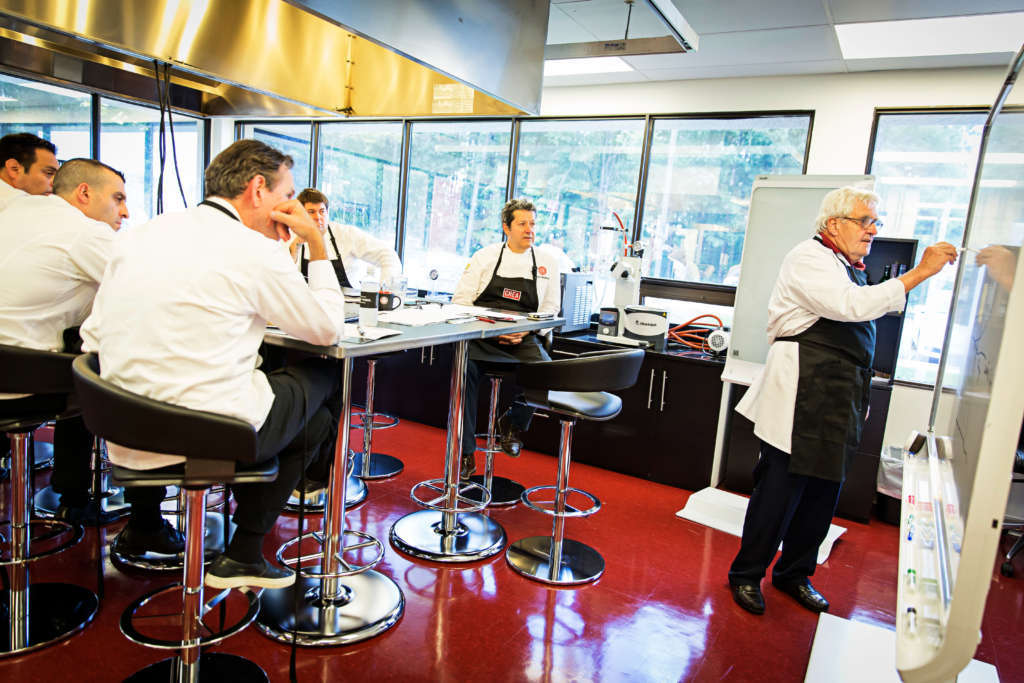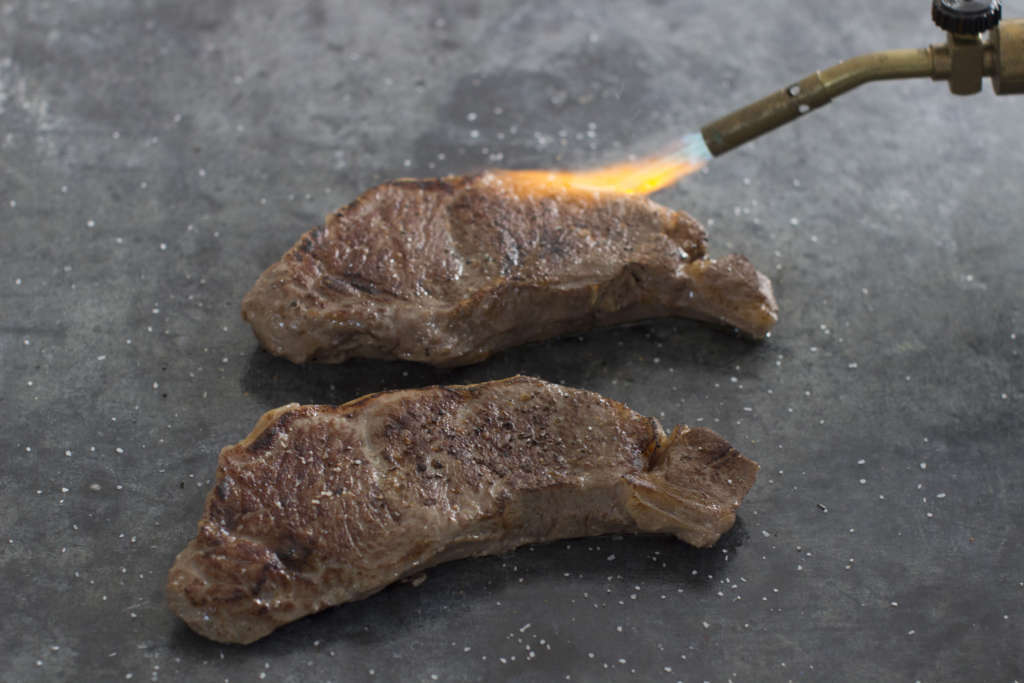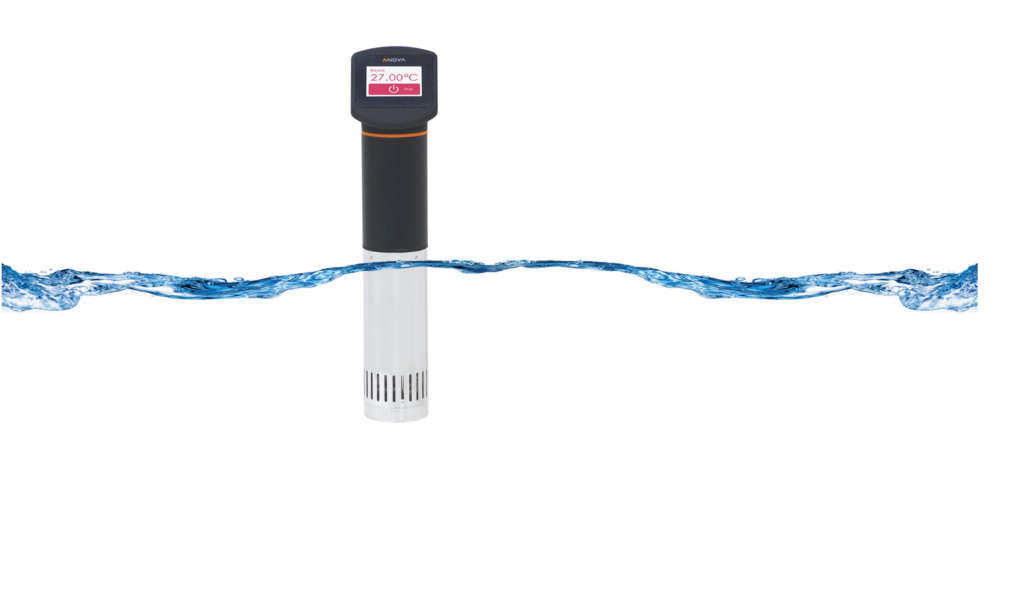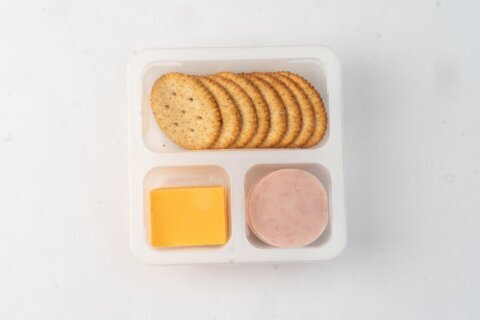WASHINGTON — Throwing a filet over a charcoal-fueled flame is a delicious way to prepare a steak — but it isn’t the only way.
Instead of fire, more professional chefs and home cooks are turning to water to cook their food using the technique known as sous-vide.
The sous-vide method of cooking emerged in the restaurant industry about 50 years ago. Since then, it has become a staple in modern cuisine and is used in high-end restaurants and fast-casual kitchens, including Starbucks and Panera, across the globe.
Simply put, the sous-vide process involves cooking a vacuum-sealed ingredient in a circulating water bath that’s regulated at a precise temperature for an extended period of time.
The result is a product that’s perfectly cooked (imagine a medium-rare steak that is pink from edge to edge — not just in the center) and nutrient-rich. And while meat and fish are ideal for the sous-vide method, everything from grains to vegetables to desserts can be prepared using the technique.
Bruno Goussault, a sous-vide pioneer and chief food scientist at the Sterling, Virginia-based Cuisine Solutions, has been perfecting the art of sous-vide since the 1970s. Recently, he invited WTOP inside his CREA (Culinary Research and Education Academy) kitchen — which looks more like a science lab — to explain the steps and the science behind sous-vide.
Step 1: Seal the ingredient
In contrast to poaching (another method in which an ingredient is cooked in water), sous-vide requires that ingredients enter the water bath in a vacuum-sealed bag. This keeps the water from directly altering the texture and flavor of the meat over the length of the cooking process.
“It needs a skin,” Goussault said.
The tight plastic bag acts as that skin.

Temperature: The secret ingredient
The most important part of the sous-vide cooking method is the temperature at which the food is cooked, says Goussault, who admits his favorite tool in life is his thermometer.
In the water bath, the heat from the water is transferred to the ingredient. The water cooks the food slowly and keeps it at or under the temperature of the water, making it virtually impossible to overcook the food.
Different ingredients cook best at different times and temperatures. Flank steak, for example, may be cooked in a water bath at 141.8 degrees Fahrenheit for 10 hours, whereas a piece of halibut may be prepared in a bath of 129.2 degrees Fahrenheit for 30 minutes.
“It’s a world of science,” Goussault said about finding the right temperature for each ingredient.
Season and sear
Food that has been cooked in vacuum-packed plastic for several hours isn’t exactly appetizing. Its color may be gray, its texture may be mushy and the flavors may be lacking. That is why seasoning and searing are still important steps, even in the sous-vide process.
Some recipes call for a meat to be seared ahead of the water bath. Others instruct chefs to brown the meat after it’s fully cooked. Goussault says searing, grilling and sauteing don’t just add a noticeable amount of color to an ingredient. These steps also add essential flavors, structures and aromas — a result of the Maillard reaction.

Equipment
The sous-vide contraptions inside Goussault’s CREA kitchen are professional pieces of equipment. However, one doesn’t need to spend thousands on a sous-vide device. These days, home cooks can try their hand at the technique using a simple stick-like circulator, which retails for around $200 to $300. These circulators attach to the inside of any cooking pot or container, making them accessible to the home cook.
However, Goussault does not recommend running out and purchasing sous-vide tools to use at home. The technique is difficult, he says, and, if not used correctly, can have undesirable results.
“If you want to have a really beautiful product, you need to learn. You need to understand what’s happened … and to learn the process,” he said.








